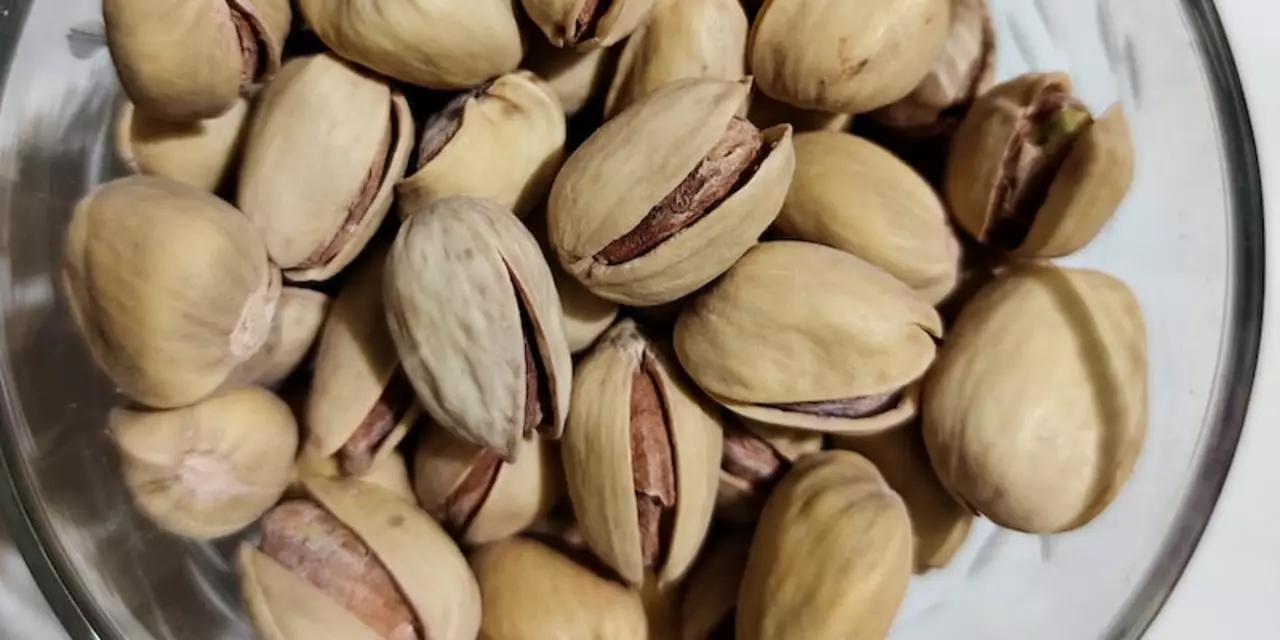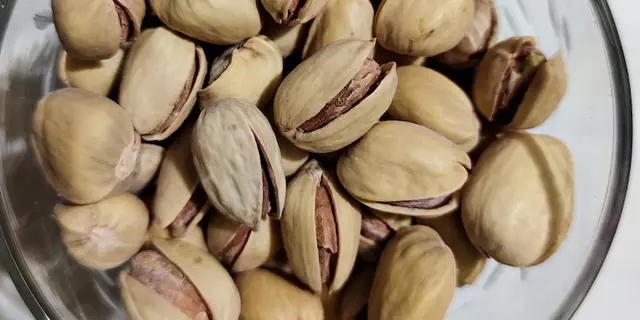Which is the best English news bulletin on Indian television?
January 27 2023Cuisine Trends in India: What’s Hot and How to Enjoy It
Indian food is a mix of flavors, textures, and stories. Every region brings something unique, and the internet is now showing us which dishes are blowing up. Whether you love spicy street snacks or comforting home meals, there’s a trend that fits your taste.
First off, street food is getting a makeover. Vendors are adding healthier twists, like baked samosas or quinoa‑filled parathas, while keeping the bold spices that make the dishes unforgettable. Social media videos of chaat being assembled layer by layer have turned a simple snack into a visual feast, and you’ll see more people trying the same at home.
Another big wave is regional fusion. Chefs are mixing Punjabi butter chicken with Korean kimchi, or pairing South Indian dosa with Mexican salsa. The idea is simple: take a beloved base and add a surprising flavor. If you’re curious, start with a classic – like a plain dosa – and drizzle a few spoonfuls of salsa on top. The result is familiar yet fresh.
Regional Flavors that Define Indian Cuisine
India’s size means its food is incredibly varied. In the north, you’ll find creamy gravies, tandoori breads, and rich sweets. The south prefers rice, lentils, and coconut‑based sauces. East India loves mustard seeds and fish, while the west enjoys millet, peanuts, and fiery chilies.
Trying a dish from each region gives you a quick tour of the country without packing a suitcase. A plate of Punjabi butter chicken shows how dairy can mellow heat. A bowl of South Indian sambar demonstrates the balance between tangy tamarind and earthy lentils. Go for a Bengal fish curry to taste the subtle mustard and poppy‑seed blend. Each bite tells a story about climate, history, and local hobbies.
Simple Tips to Bring Indian Taste Home
Want to cook Indian food without a pantry full of exotic spices? Start with three basics: cumin, coriander, and turmeric. These three can build a solid flavor base for most dishes. Toast them in a dry pan for a minute before grinding; the aroma will immediately lift any stew.
Don’t forget the heat level. If you’re new to chilies, add them gradually. A pinch of chili powder or a few fresh green chilies can give you control over spiciness. Remember, the goal is flavor, not just heat.
Finally, use fresh ingredients whenever possible. Fresh ginger, garlic, and cilantro add brightness that dried powders can’t match. A quick squeeze of lemon or lime at the end of cooking can brighten the whole dish, just like street vendors do.
So, whether you’re scrolling through viral food reels or cooking a family recipe, the current cuisine scene in India is all about mixing tradition with innovation. Grab a few staples, experiment with regional twists, and you’ll be tasting the best of India in your own kitchen.
 15 Feb
15 Feb
What kind of snacks people in India like to eat?
India has a wide variety of snacks that can be enjoyed throughout the day. Some of the most popular snacks include samosas, pakoras, bhajias, vada pav, bhelpuri, and dosa. Samosas are a deep-fried pastry filled with spiced potatoes and peas, while pakoras are a deep-fried snack of vegetables, usually onions, dipped in a chickpea batter. Bhajias are small fritters made of vegetables and gram flour, while vada pav is a popular street food made with a spicy fried potato patty, served in a bun. Bhelpuri is a savory snack made with puffed rice, vegetables, and chutneys. Finally, dosa is a thin, crispy pancake made of fermented rice and lentils. All of these snacks are incredibly popular in India and make for a delicious snack.
Read More...



